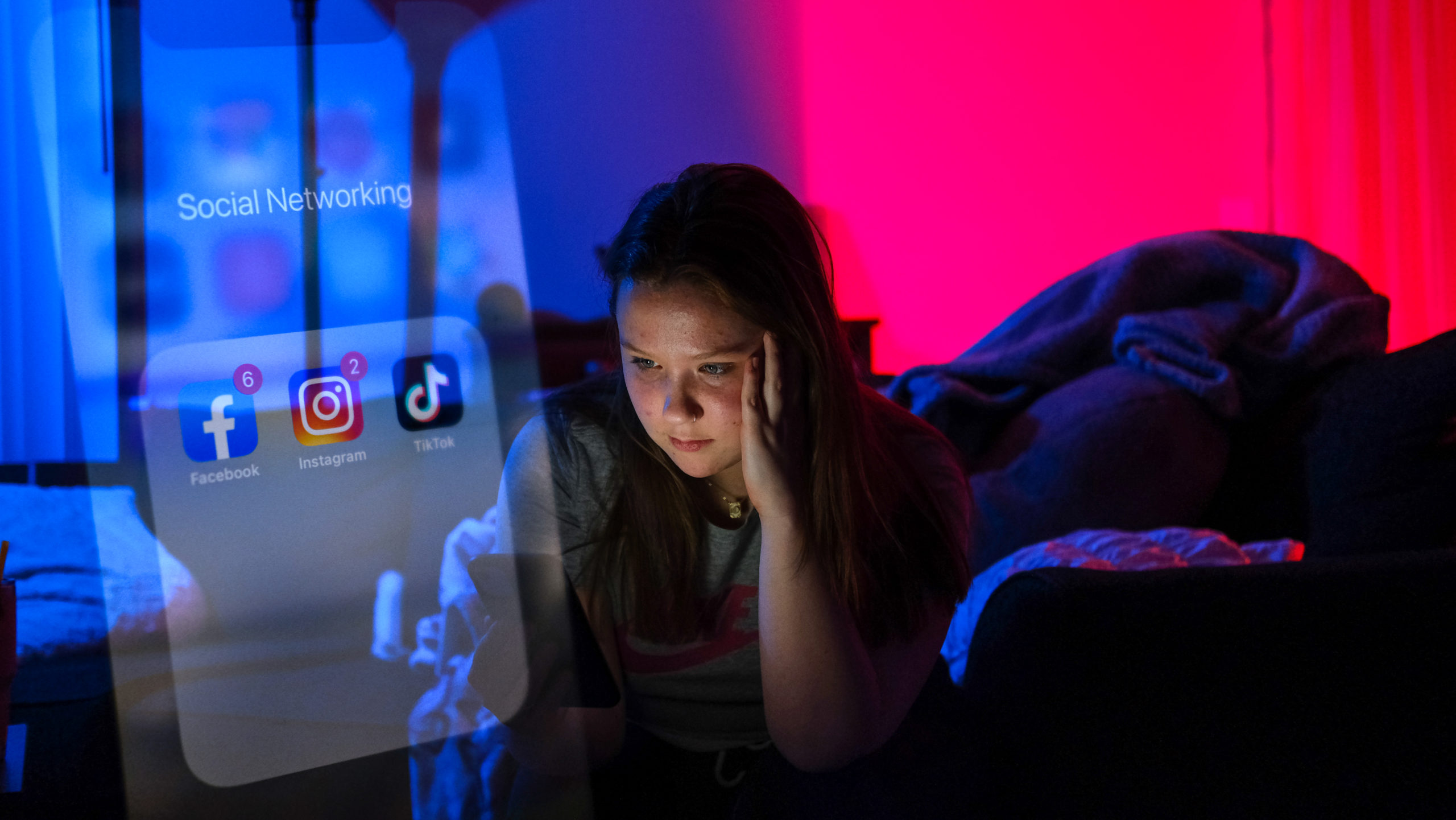By Crystal Gwizdala
Let’s watch a movie — how about something with cannibal clowns? Home invaders? Demonic monsters with a craving for eyeballs? What creature in their right mind seeks out fear, the very thing that screams, “do something, or maybe you’d rather die?!”
Fight or flight? Sounds fun. Hold my popcorn.
Some humans crave fear. Think about adrenaline junkies: skydiving, roller coasters or rock climbing.
“Humans are a different species; a lot of us intentionally seek out excitement, adventures, scares, and things like that,” says David Baskind, professor of psychology. “So I think that’s pretty unique to the human species.”
Let’s go back to the movie example. What is it about scary movies that some of us love so much?

Well, humans are social animals. There are many benefits to being social, among the most obvious is receiving emotional support.
“I think sometimes we like a little bit of a scare,” says Baskind, “but it’s especially true if we are with other people. […] Generally we prefer to watch [scary movies] around other people, whether it’s to have that comfort or to see their reaction to it. It becomes much more.”
The brain interprets potentially scary scenarios based on context and it decides whether or not a threat is real and worthy of a response. According to researchers published in Nature Review Neuroscience, there are two main clusters of connections in the brain responsible for this evaluation: a stimulus processing area and a context processing area. When these areas interact, the interpretation is created.
Imagine a grizzly bear in a cage at the zoo. Your brain knows not to be afraid of it because it can’t get you. If you’re hiking and you see a bear 30 feet away, though, the full fear response kicks in.
But some of us are physically averse to fear too, even feeling nauseated in the face of it. Humans and other animals can also experience fear more insidiously, as anxiety.
The amygdala—an almond-shaped structure in the brain—is widely regarded as the primary locus of fear according to an expert at the California Institute of Technology. And for people with elevated anxiety, the amygdala is often shown to be hyperactive.
Besides fight or flight there’s a third, lesser-known fear response: freeze. Freezing is most helpful if you see that big bear in the woods and he hasn’t noticed you yet. If you don’t have a weapon or if you’re not the star of the track team, sometimes staying still and praying it doesn’t notice you are your best bet for survival.
Even so, why would anyone seek out that feeling of sheer terror?
“Is it because of genetic factors—some people just have a higher biological desire for exciting activities? Or does it have something to do with their upbringing—what kinds of activities their parents have encouraged them to take part in, what kinds of movies and TV shows they’ve seen? It’s kind of impossible to answer which one has a bigger influence, although we know that both probably contribute,” says Baskind.
Everyone has different levels of preference when it comes to exciting activities like going to haunted houses or bungee jumping. Some people can’t stand gore, but love roller coasters. Fear is multi-faceted and unique to each person. Humans as a species are pretty unique in their gusto for facing fear.
“Most animals either avoid dangerous activities or if they’re in the midst of it, they’ll go into attack mode,” says Baskind, “they’ll try to hurt the one that’s attacking them, but they’re not going to seek out dangerous activities typically.”
“We are weird, which makes psychology really interesting.”


